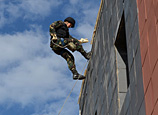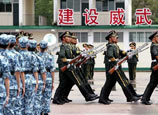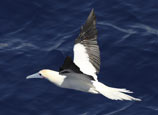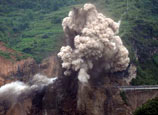
Japanese Military Power 2012
For more than 60 years after World War II, leading the world in terms of military technology, performance of military equipment, and training, Japan Self-Defense Forces (JSDF) has developed into one of the strongest militaries in Asia in spite of legal and policy restraints imposed by the “Peace Constitution”. In recent years, Japan has begun a new round of military adjustments according to changes in both international and regional security situation and U.S. strategic realignment. At the end of 2010, the Japanese government approved the National Defense Program Guidelines for Fiscal Year 2011 (2010 NDPG), and laid out the Mid-term Defense Program from FY 2011 to FY 2015 (2011 MTDP), outlining the force development plan in the next 5 to 10 years, focusing specifically on changes and adjustment in its security strategy, size of military force, military deployment and weaponry and equipment. Japanese military strength has developed along the guidelines set in the foregoing two documents; yet, under the two conservative governments led respectively by Mr. Yoshihiko Noda and Mr. Shinzo Abe, Japan has stepped up efforts to “normalize” national defense and become a major military power. This report aims at assessing Japanese military development in 2012 in terms of strategic realignment, military strength, military deployment, defense budget, weaponry and equipment, organizational adjustment, military training and exercises, and international military and security cooperation.
 |  |
















 Elder couples celebrate golden wedding anniversary in Hangzhou
Elder couples celebrate golden wedding anniversary in Hangzhou


![]()
